Reviewed by Corey Noles
You're scrolling through photos on your iPhone, and the image gracefully flows from the front screen around the edges to the back, creating an immersive wraparound experience. It sounds like science fiction, but Apple's patents suggest this all-glass iPhone concept has been in development for over a decade—and recent industry moves hint we might finally see it materialize.
What you need to know:
Apple has filed thirteen patents for wraparound display technology since 2013
The company's 2027 anniversary iPhone could feature "almost all-glass, curved design"
New Liquid Glass UI announced at WWDC 2025 hints at software preparing for hardware revolution
The secret that's been hiding in Apple's patent vault
Here's the thing: Apple didn't just wake up yesterday and decide to reimagine the iPhone. The company has been systematically solving technical challenges since 2013, with each patent breakthrough addressing limitations from earlier attempts.
The evolution demonstrates clear problem-solving progression. The 2013 patent introduced the basic wraparound concept but lacked manufacturing specifics. By 2015, Apple added seven references to printed circuit boards and specified "curved glass" construction—solving the structural engineering challenges. The 2019 updates introduced facial tracking software to automatically reposition interfaces based on user orientation—addressing the usability challenges of multi-surface displays.
The latest granted patent represents the culmination of this decade-long development: a six-sided glass enclosure with displays viewable through every surface. The patent specifically mentions that "substantially the entire enclosure may appear to be formed from a single piece of glass."
PRO TIP: The facial recognition system does more than track your location—it predicts your next viewing angle and pre-positions content accordingly, creating seamless interactions as you naturally flip and rotate the device.
Why 2027 could be the magic year
The timing connects Apple's technical readiness with strategic positioning. TrendForce reports indicate Apple is targeting 2027 for its most radical iPhone redesign since the original—coinciding perfectly with the iPhone's 20th anniversary. This isn't just about adding more screen real estate; it's about fundamentally rethinking mobile interaction paradigms.
But here's where things get interesting. Display analyst Ross Young suggests a different timeline: smaller notch by 2026, under-panel Face ID by 2028, and fully hidden selfie camera by 2030. While this seems to contradict the 2027 anniversary timing, Apple's wraparound approach actually sidesteps these traditional constraints entirely.
When your entire device becomes essentially one continuous display surface, camera placement limitations disappear. Instead of waiting for perfect under-display camera technology, Apple can position sensors at optimal locations across the glass surface where optical clarity is best. This architectural advantage makes 2027 technically feasible despite Young's broader industry timeline projections.
Why traditional display makers are hitting walls Apple might bypass
The manufacturing challenges plaguing Samsung Display and LG Display reveal why Apple's approach is fundamentally different. Recent reports show these suppliers struggling with the "magnifying glass effect" —the same distortion that made Samsung's curved-edge smartphones problematic for many users.
The technical hurdles are substantial. Apple needs new Thin Film Encapsulation processes to protect OLED panels from moisture, plus Optical Clear Adhesive technology that works with curved elements without creating visual distortion. Korean sources indicate these discussions should have been finalized by now for a 2026 launch—but they're still ongoing for traditional bezel-free approaches.
Here's why Apple's strategy differs: instead of forcing flat OLED panels to curve unnaturally, Apple envisions discrete display segments positioned optimally within a glass enclosure. Think less Samsung Galaxy Edge, more Apple Watch scaled up—flat display surfaces with seamless transitions over curved glass edges. Industry insiders describe this as a "pebble-like" aesthetic that avoids the optical distortion plaguing competitors.
Apple's manufacturing advantages become clear when you consider their existing capabilities. The company already perfected curved glass manufacturing for Apple Watch and has extensive experience with multi-layer glass construction from iPhone camera modules. These existing competencies translate directly to wraparound iPhone construction.
What this means for how you'll actually use your phone
Forget everything you know about physical buttons—but more importantly, forget the limitations they impose. Apple's wraparound patents describe virtual controls that solve problems you didn't know you had with current iPhones.
Consider current iPhone limitations: volume adjustment requires looking at your device to see the level, physical buttons eventually wear out mechanically, and side controls consume space that could house better cameras or batteries. Apple's wraparound solution addresses each constraint systematically.
Volume controls become dynamic visual sliders on the device's edge, showing exact levels in real time. Camera controls expand contextually—when you open the camera app, the entire right edge transforms into capture controls with flash toggles, mode switching, and zoom controls. Even basic functions like slide-to-unlock could span the device's entire circumference, creating unprecedented gesture possibilities.
The patents reveal more sophisticated capabilities: facial tracking software that predets when you're about to flip the device and pre-loads content on the appropriate surfaces. App icons could span the device's width—up to five across instead of today's grid limitations.
But the real revolution happens with content continuity. Imagine watching a video where action extends beyond screen edges, providing peripheral visual context. Or gaming experiences where UI elements migrate to optimal viewing angles as you naturally adjust your grip. Apple specifically mentions that images could expand from the face display to the backside, enabling completely new categories of immersive applications.
The software foundation that signals hardware preparation
Here's what caught my attention at WWDC 2025: Apple's seemingly sudden announcement of Liquid Glass UI. This isn't just a visual refresh—it's software architecture preparing for radically different hardware capabilities.
The new interface framework "reacts dynamically to your touch, ambient light, and screen content," with elements that "shimmer, bend, and respond to your actions in real time." More tellingly, Apple specifically designed Liquid Glass to "run on its custom silicon, enabling high-performance, real-time animations across the ecosystem"—exactly the computational requirements for seamless wraparound interface transitions.
The design language emphasizes "living material that bridges the gap between digital surfaces and physical sensation." That's not marketing speak for traditional flat displays; that's describing interfaces designed to flow across curved surfaces, respond to various viewing angles, and create visual continuity between discrete display segments.
Apple's timing reveals strategic preparation. The company typically introduces software frameworks 1-2 years before corresponding hardware launches, giving developers time to adapt while ensuring OS readiness. Liquid Glass's 2025 introduction positions it perfectly for 2027 hardware deployment.
Where innovation meets reality check (and your budget expectations)
The all-glass iPhone's market positioning becomes clearer when you examine Apple's developmental investments and manufacturing complexity. This won't be cheap, and Apple isn't pretending otherwise.
Based on the extensive R&D timeline and manufacturing challenges discussed earlier, expect Apple to position the all-glass iPhone as a ultra-premium anniversary model—likely priced above even the Pro Max. The iPhone X's original $999 sticker shock provides a baseline, but the technical complexity here suggests significantly higher initial pricing.
However, Apple's manufacturing advantages could enable faster cost reduction than typical premium introductions. The company's existing glass expertise, supply chain relationships, and volume purchasing power create economies of scale competitors can't match. Within 2-3 generations, wraparound display technology could cascade down to standard iPhone models.
Manufacturing complexity also suggests controlled initial availability. Apple's approach to the foldable iPhone development demonstrates their strategy: careful validation, limited initial production runs, then rapid scaling once quality standards are met.
PRO TIP: If these rumors materialize, monitor Apple's supplier investments throughout 2025-2026. Significant capital expenditures in glass manufacturing or display partnerships will signal production timeline acceleration—and give early insights into likely launch windows.
Consider the broader implications: we're potentially witnessing the iPhone's final major form factor evolution. After touchscreens replaced keyboards and Face ID eliminated home buttons, wraparound displays represent the ultimate realization of Steve Jobs' original "magical glass rectangle" vision. The glass revolution isn't just about more screen space—it's about completing the transformation of our most personal technology into something truly seamless.




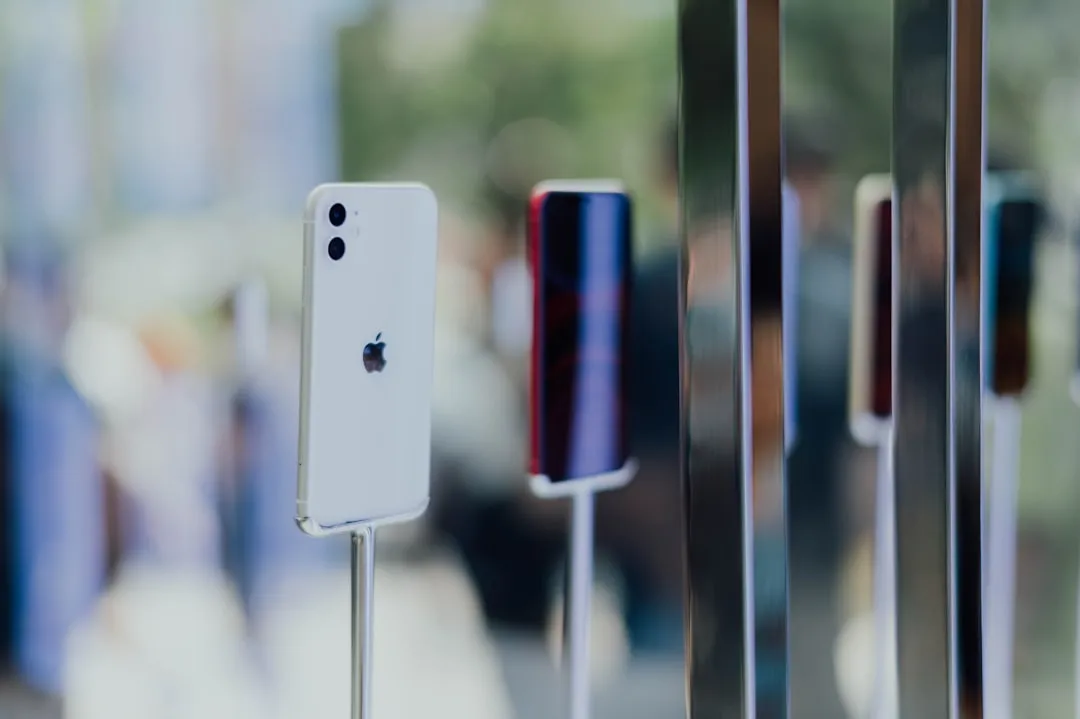
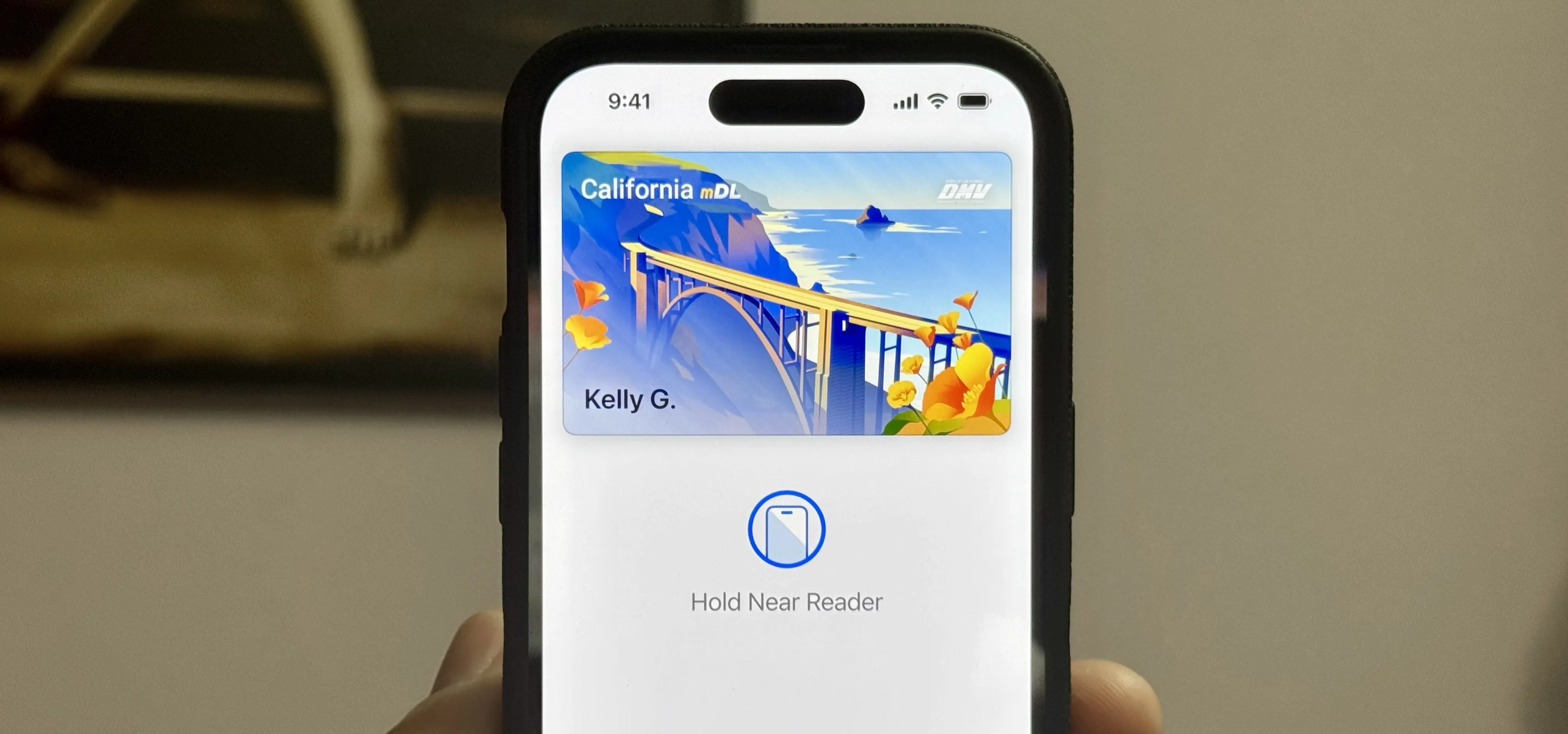
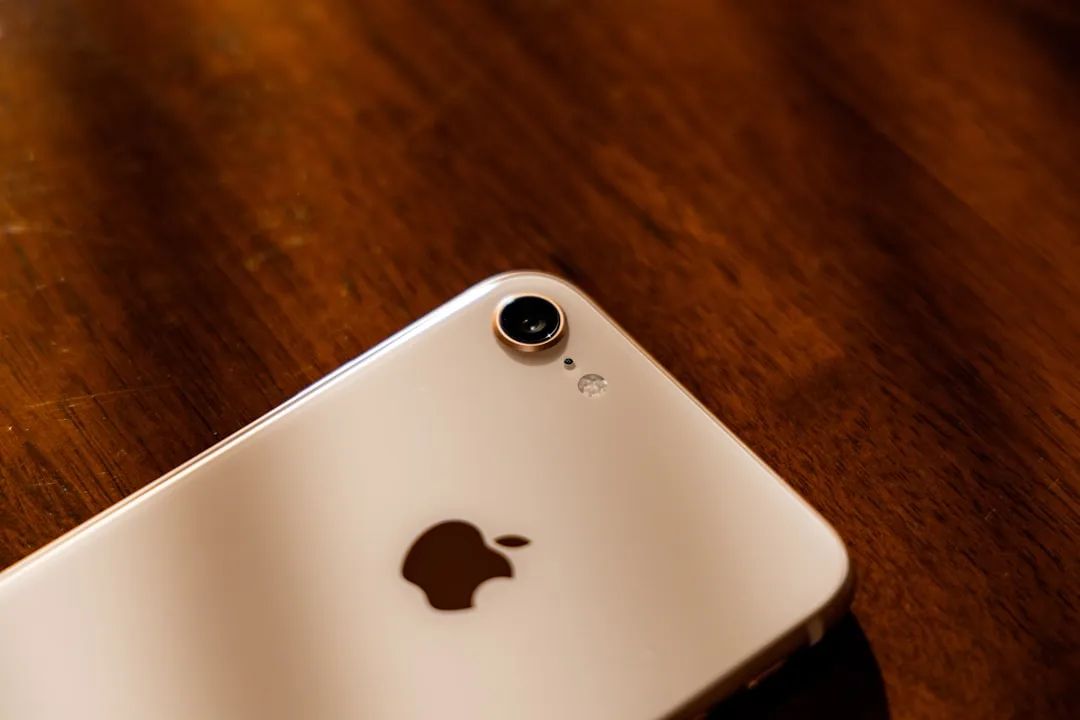
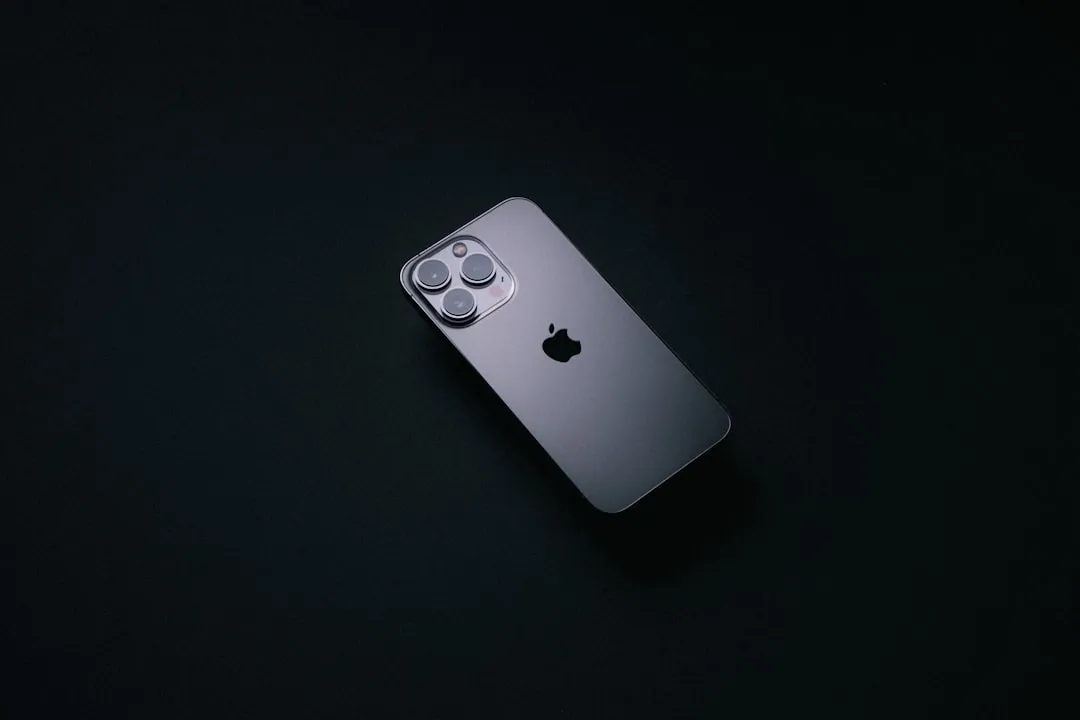
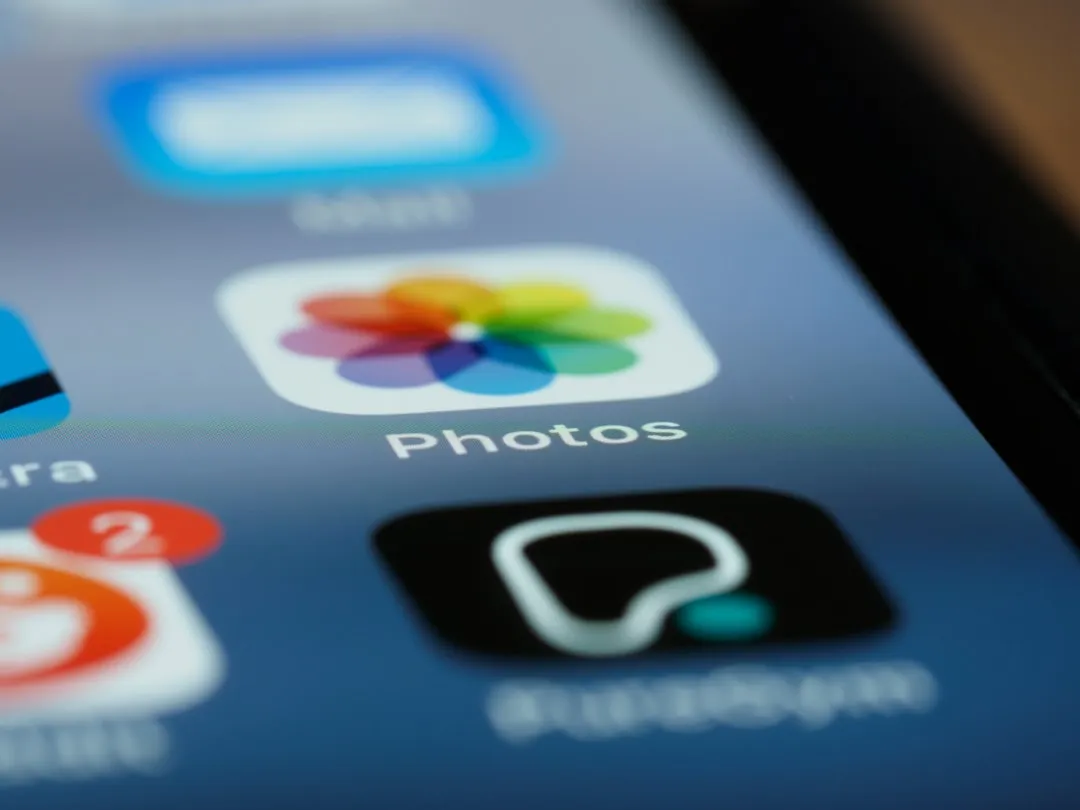
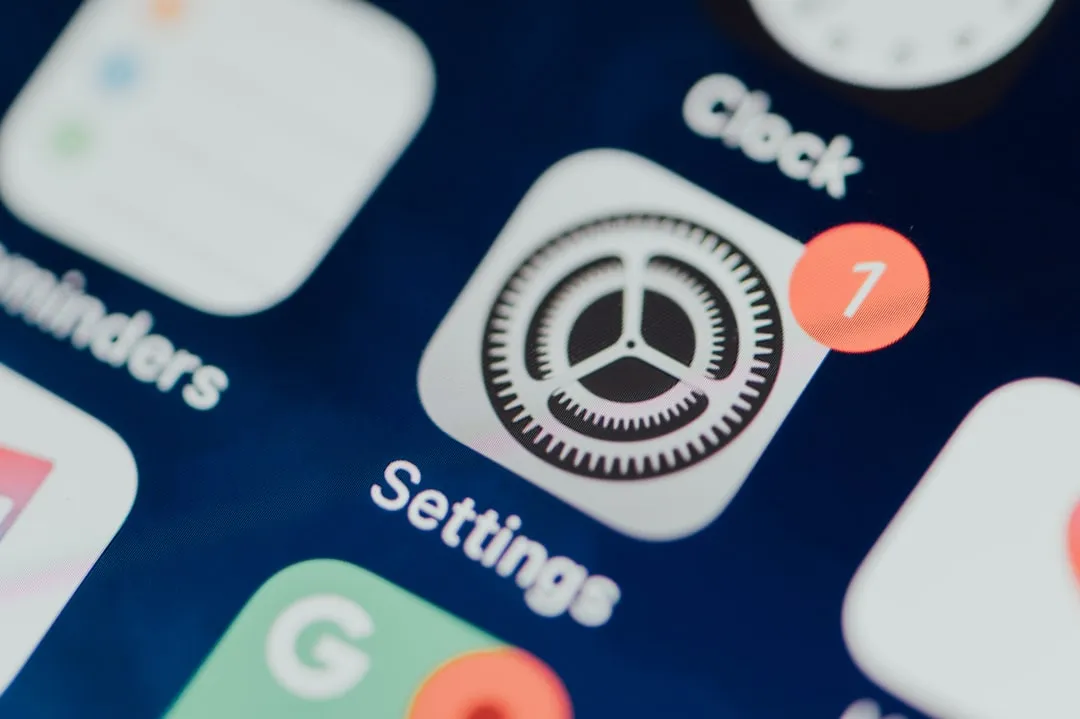
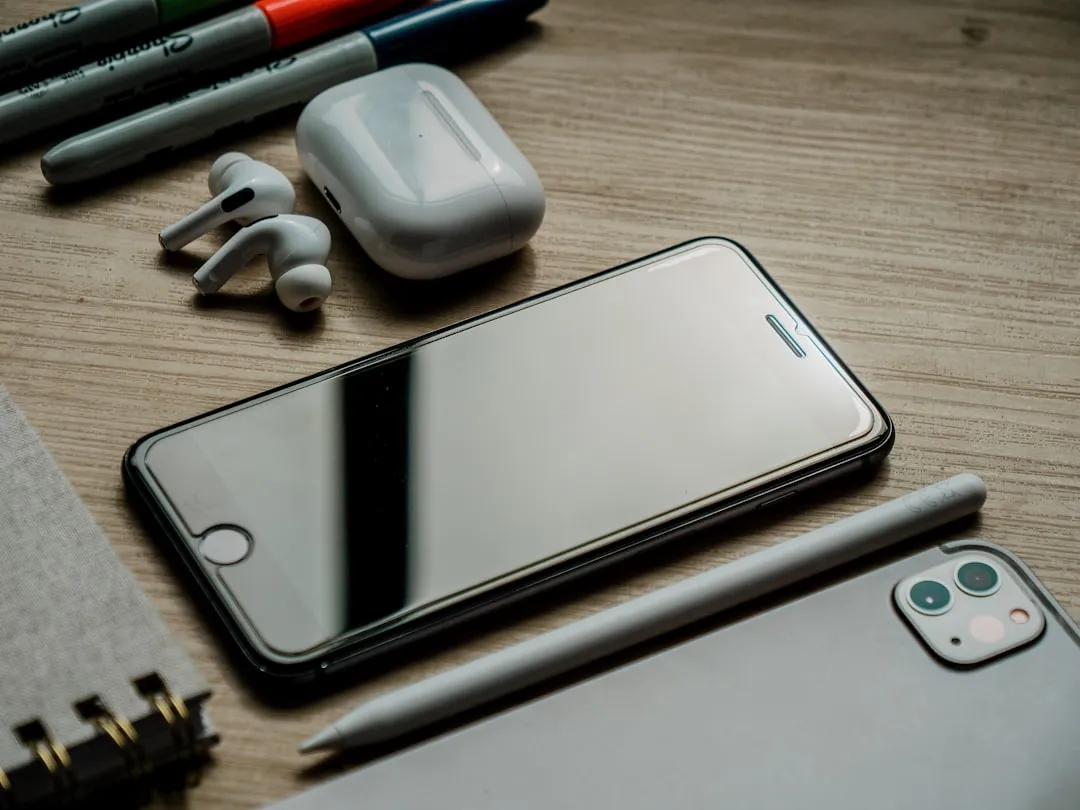

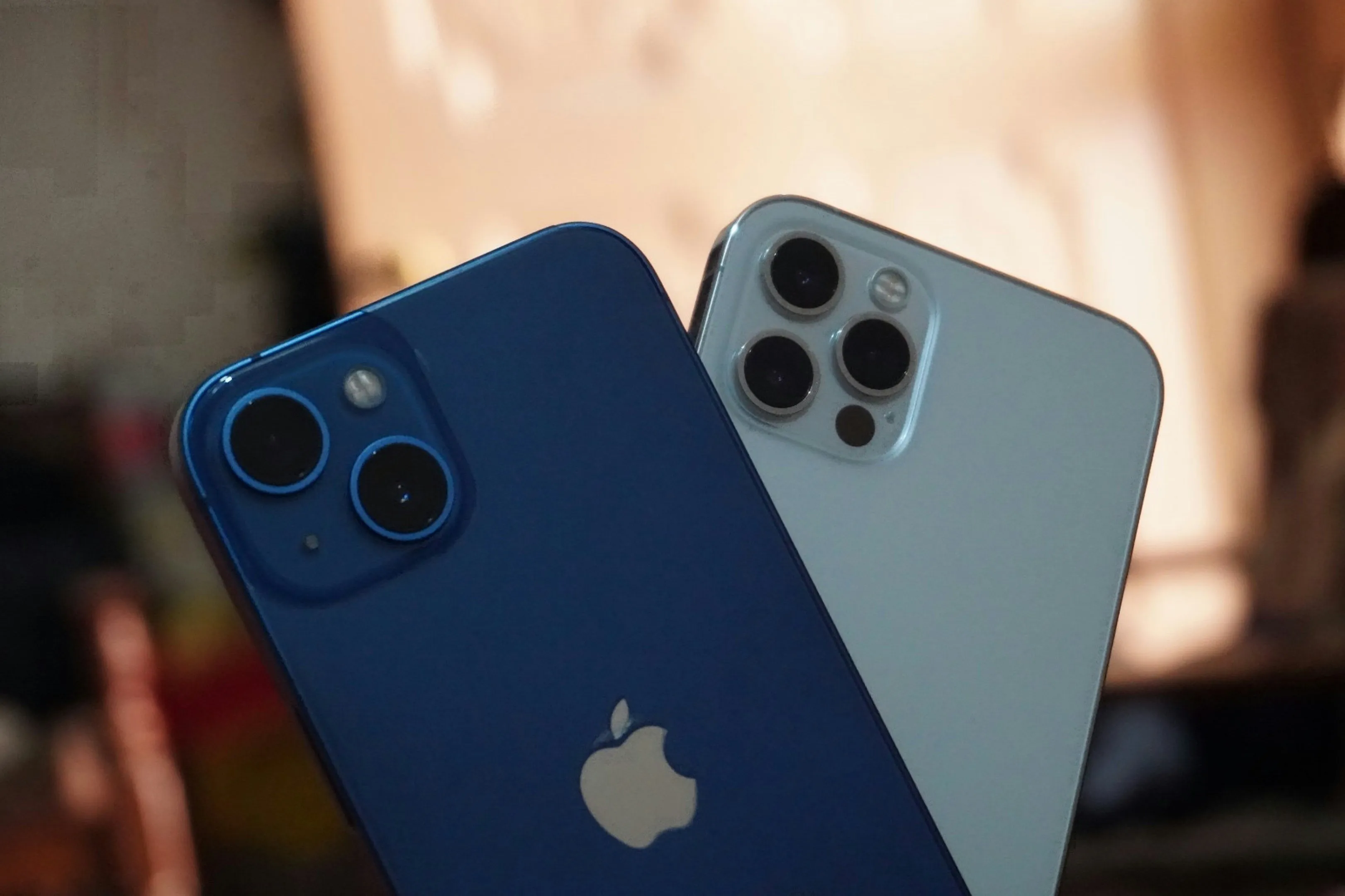

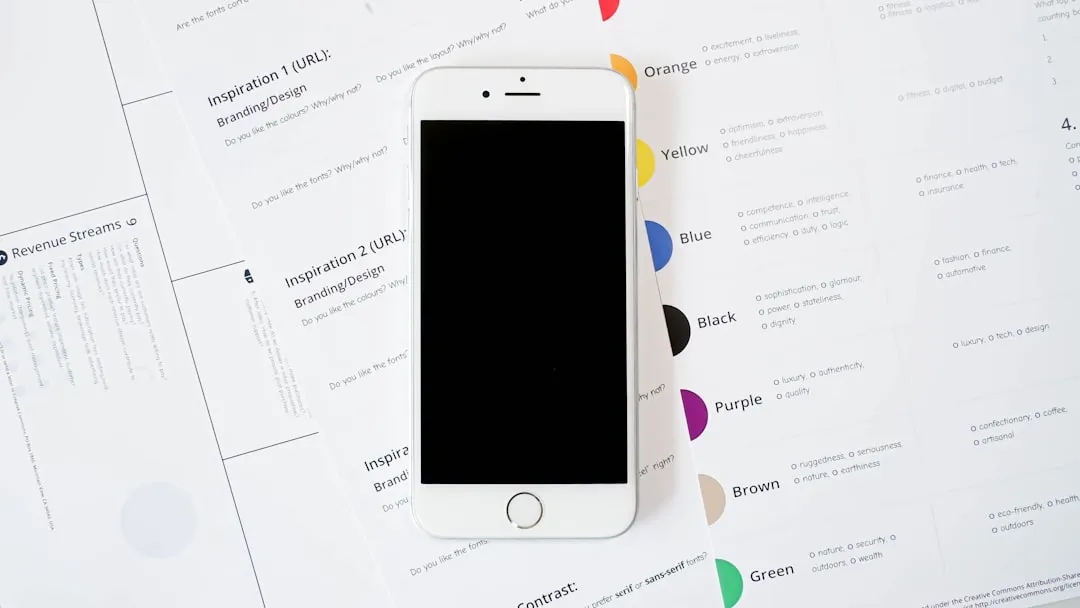
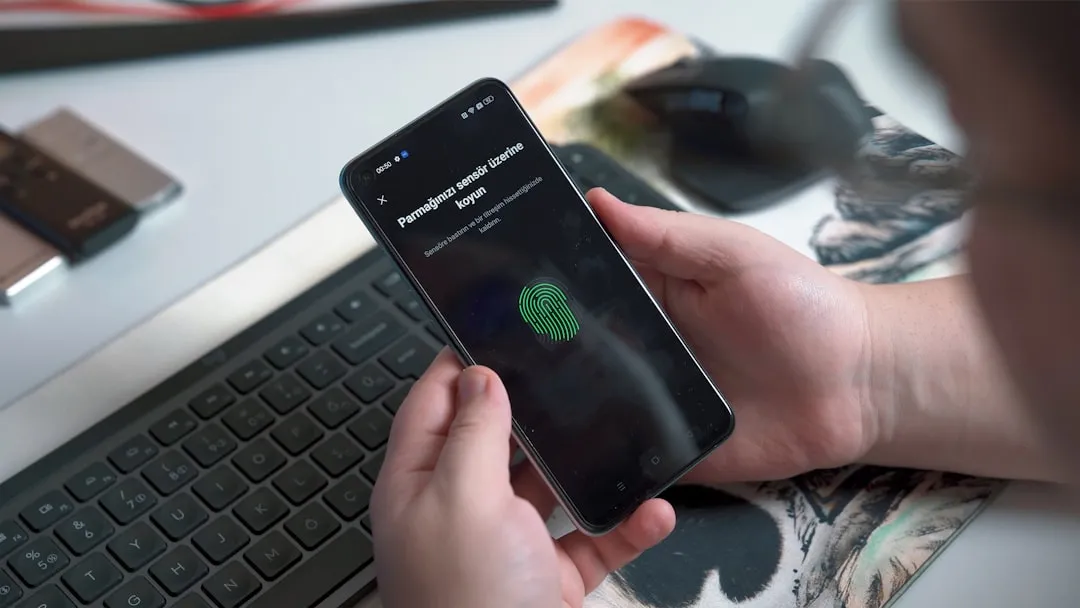
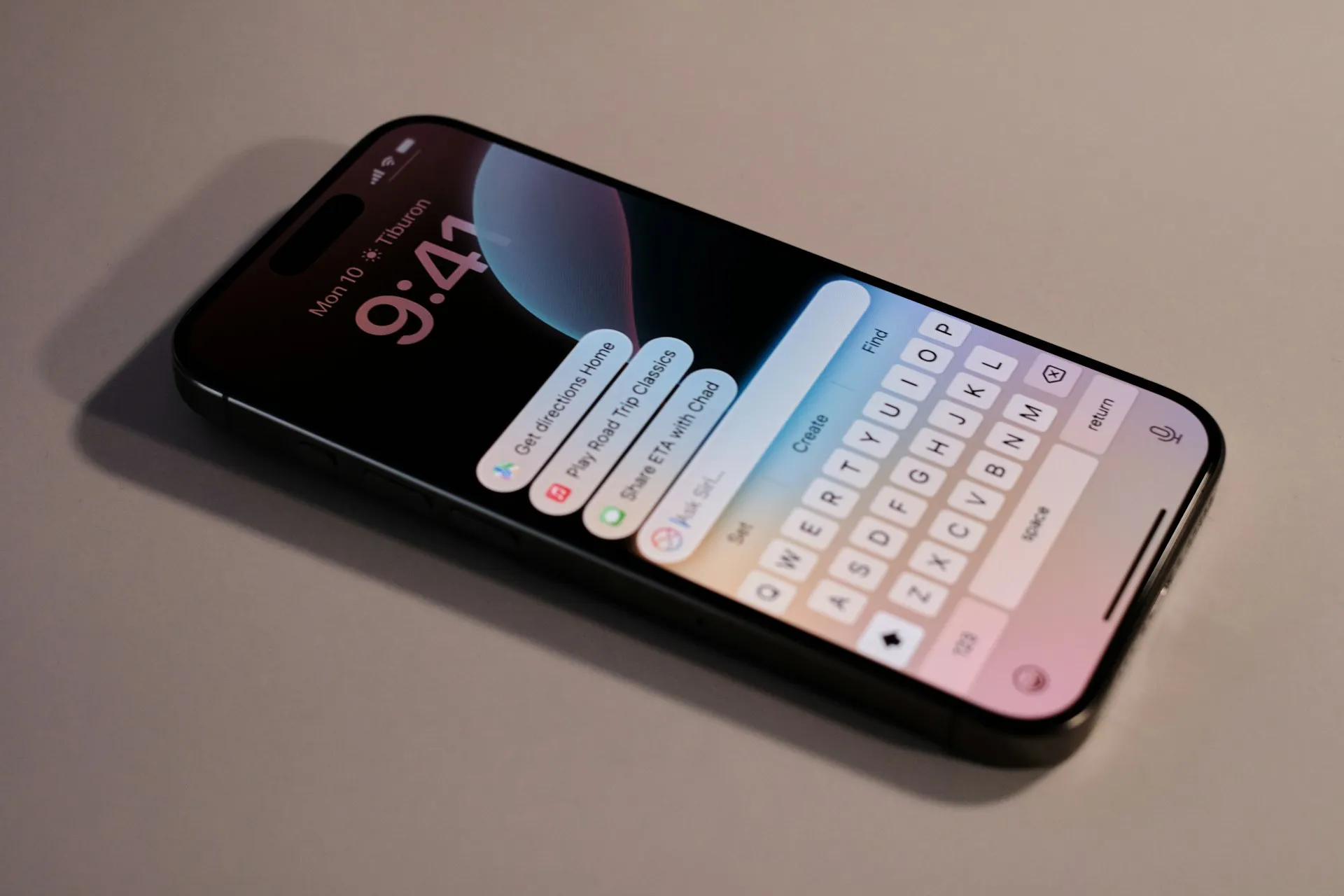

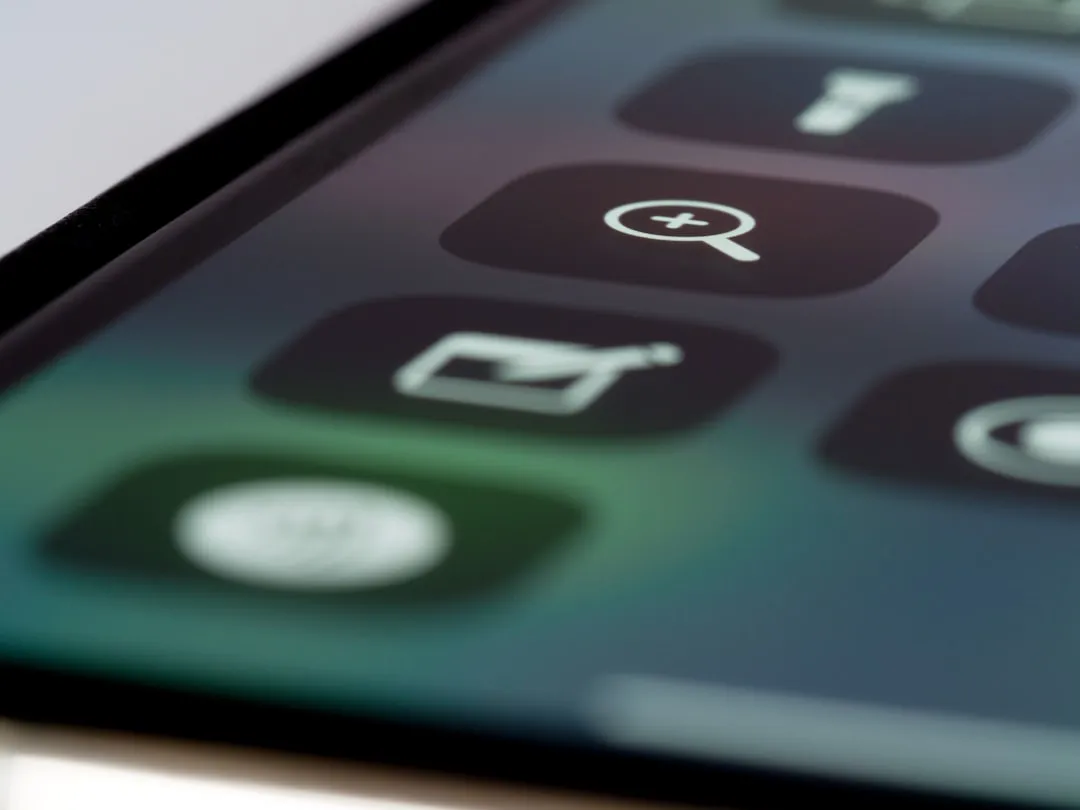
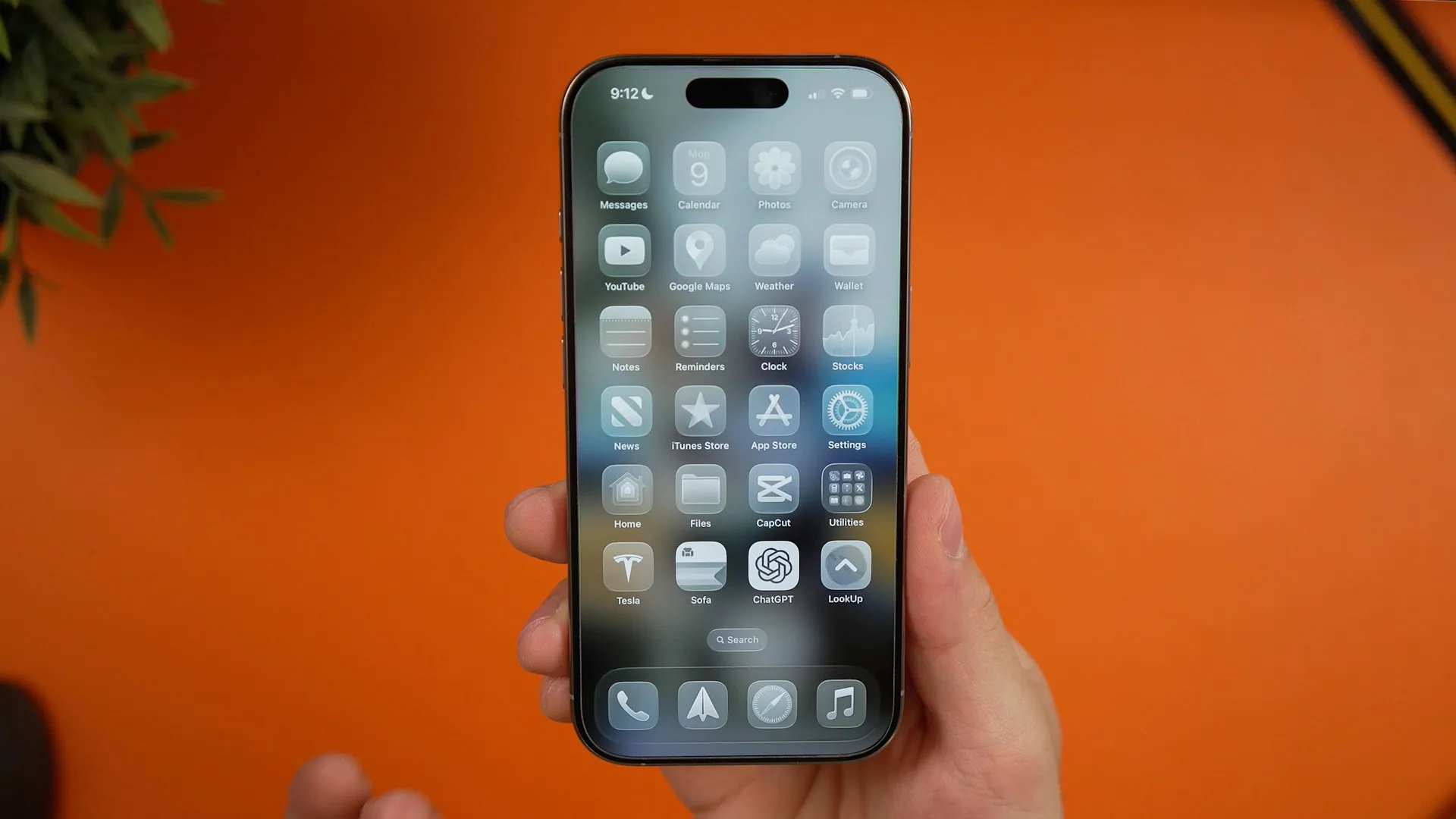
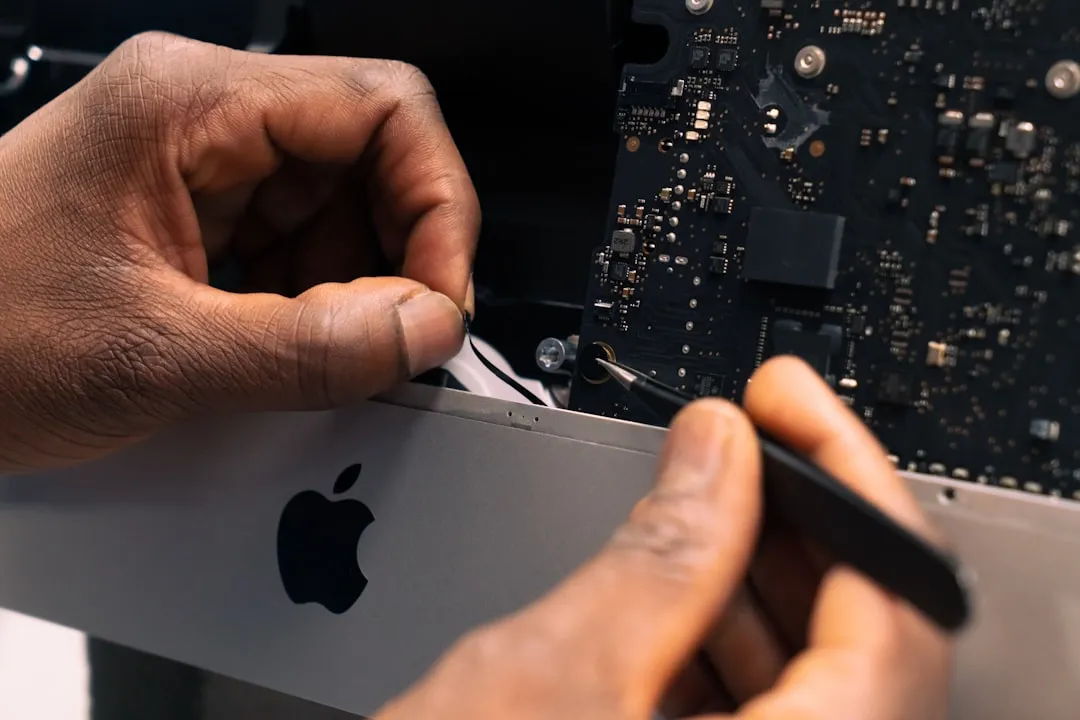
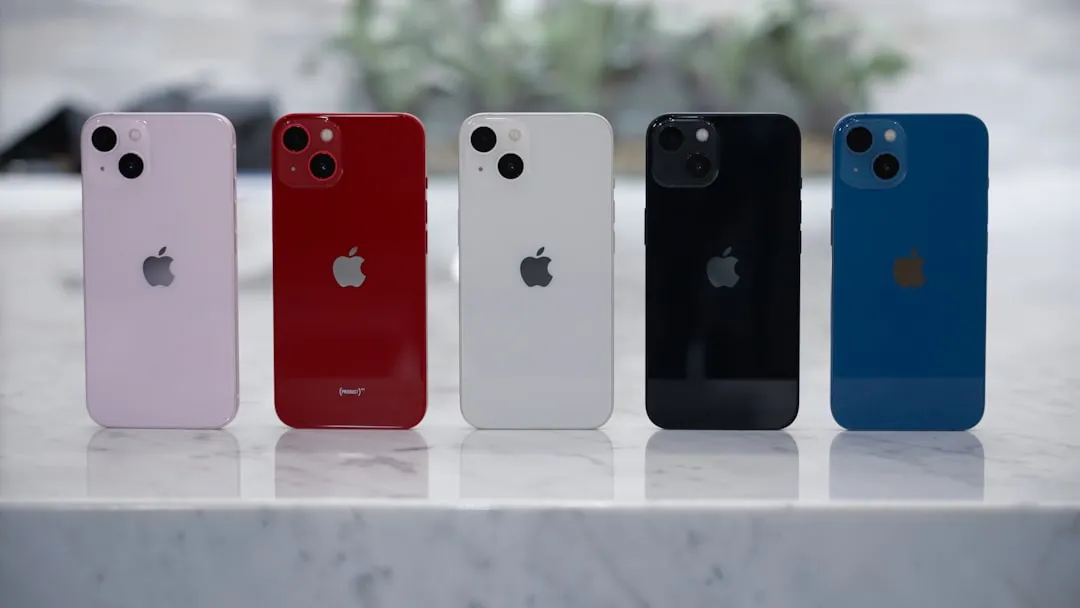
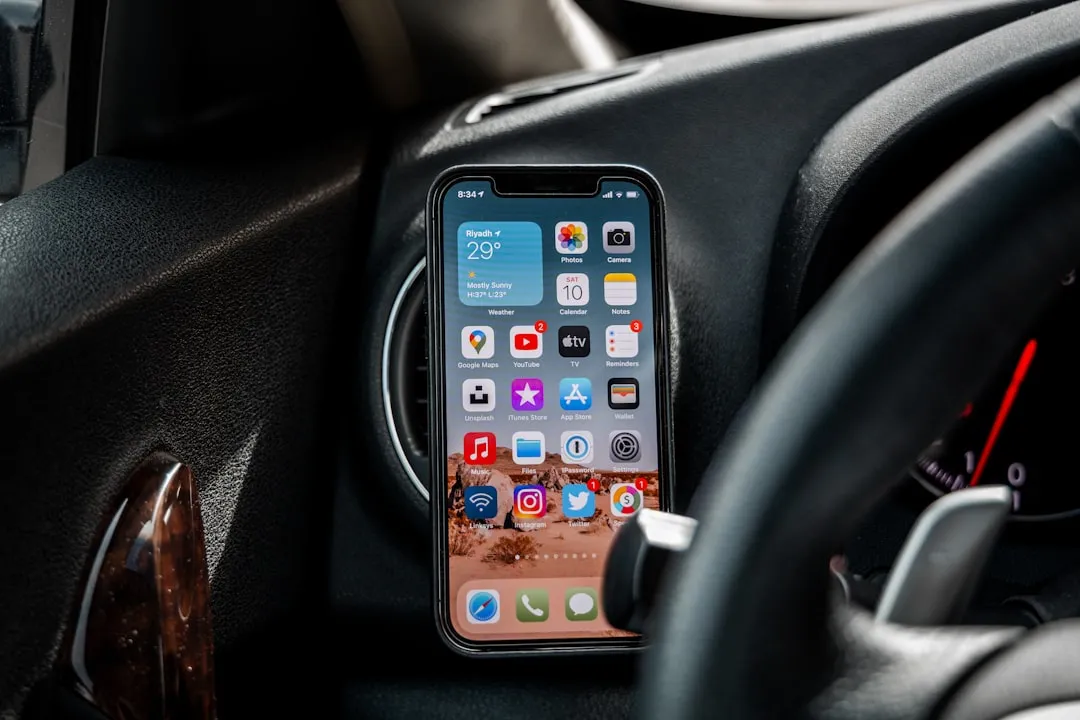


Comments
Be the first, drop a comment!